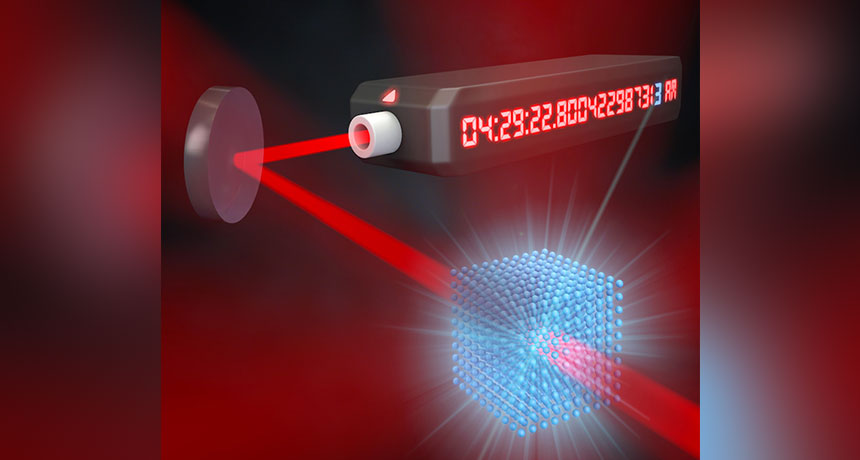
GRID’S GOT RHYTHM The world’s most precise timepiece consists of strontium atoms in a grid, ticking off oscillations of laser light trillions of times per second.
The Ye group and Steve Burrows/JILA

GRID’S GOT RHYTHM The world’s most precise timepiece consists of strontium atoms in a grid, ticking off oscillations of laser light trillions of times per second.
The Ye group and Steve Burrows/JILA